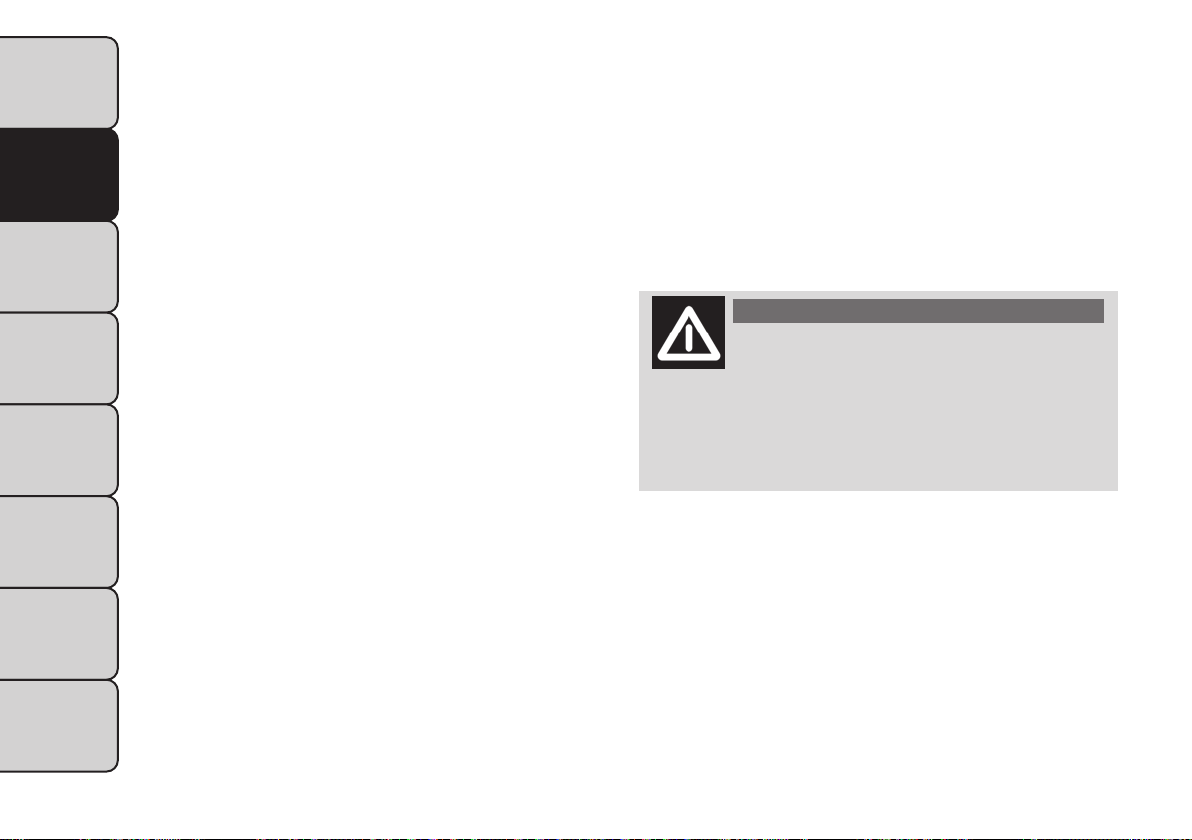Loading ...
Loading ...
Loading ...

Seat Belts For Older Children
Children over 1.50 m in height can wear seat belts
instead of using child restraints.
Use this simple 5-step test to decide whether the seat
belt properly fits the child or if they should still use a
Group 2 or Group 3 child restraint to improve the fit of
the seat belt:
1. Can the child sit all the way back against the back of
the vehicle seat?
2. Do the child’s knees bend comfortably over the
front of the vehicle seat – while they are still sitting
all the way back?
3. Does the shoulder belt cross the child’s shoulder
between their neck and arm?
4. Is the lap part of the belt as low as possible, touching
the child’s thighs and not their stomach?
5. Can the child stay seated like this for the whole trip?
If the answer to any of these questions was “no,” then
the child still needs to use a Group 2 or 3 child restraint
in this vehicle. If the child is using the lap/shoulder belt,
check belt fit periodically and make sure the seat belt
buckle is latched. A child’s squirming or slouching can
move the belt out of position. If the shoulder belt
contacts the face or neck, move the child closer to the
center of the vehicle, or use a booster seat to position
the seat belt on the child correctly.
WARNING!
Never allow a child to put the shoulder
belt un
der an arm or behind their back.
In a crash, the shoulder belt will not protect a
child properly, which may result in serious injury
or death. A child must always wear both the lap
and shoulder portions of the seat belt correctly.
224
KNOWING
YOUR
VEHICLE
SAFETY
STARTING
AND
DRIVING
WARNING
LIGHTS
AND
MESSAGES
IN
AN
EMERGENCY
SERVICING
AND CARE
TECHNICAL
SPECIFICATIONS
CONTENTS
Loading ...
Loading ...
Loading ...